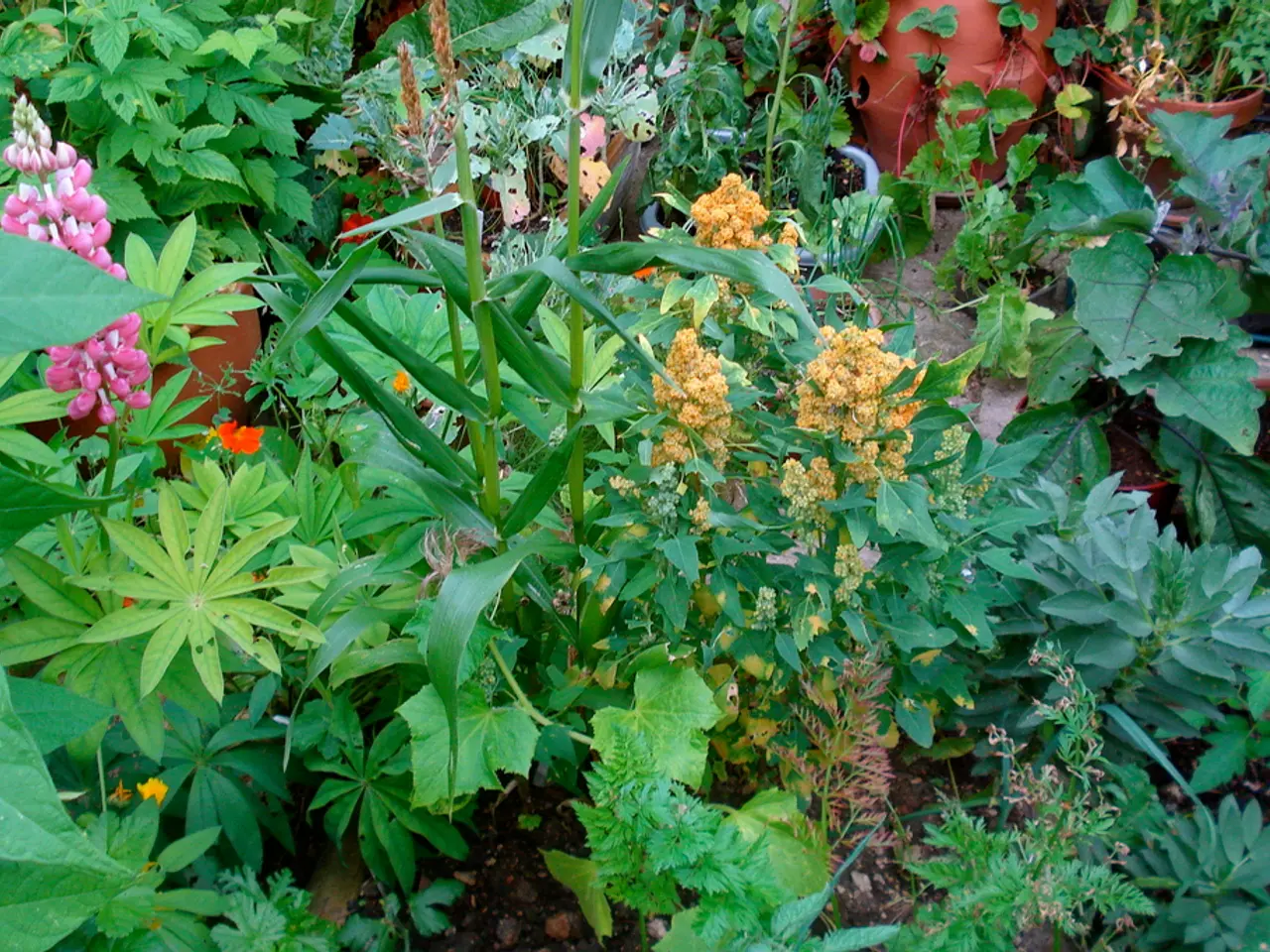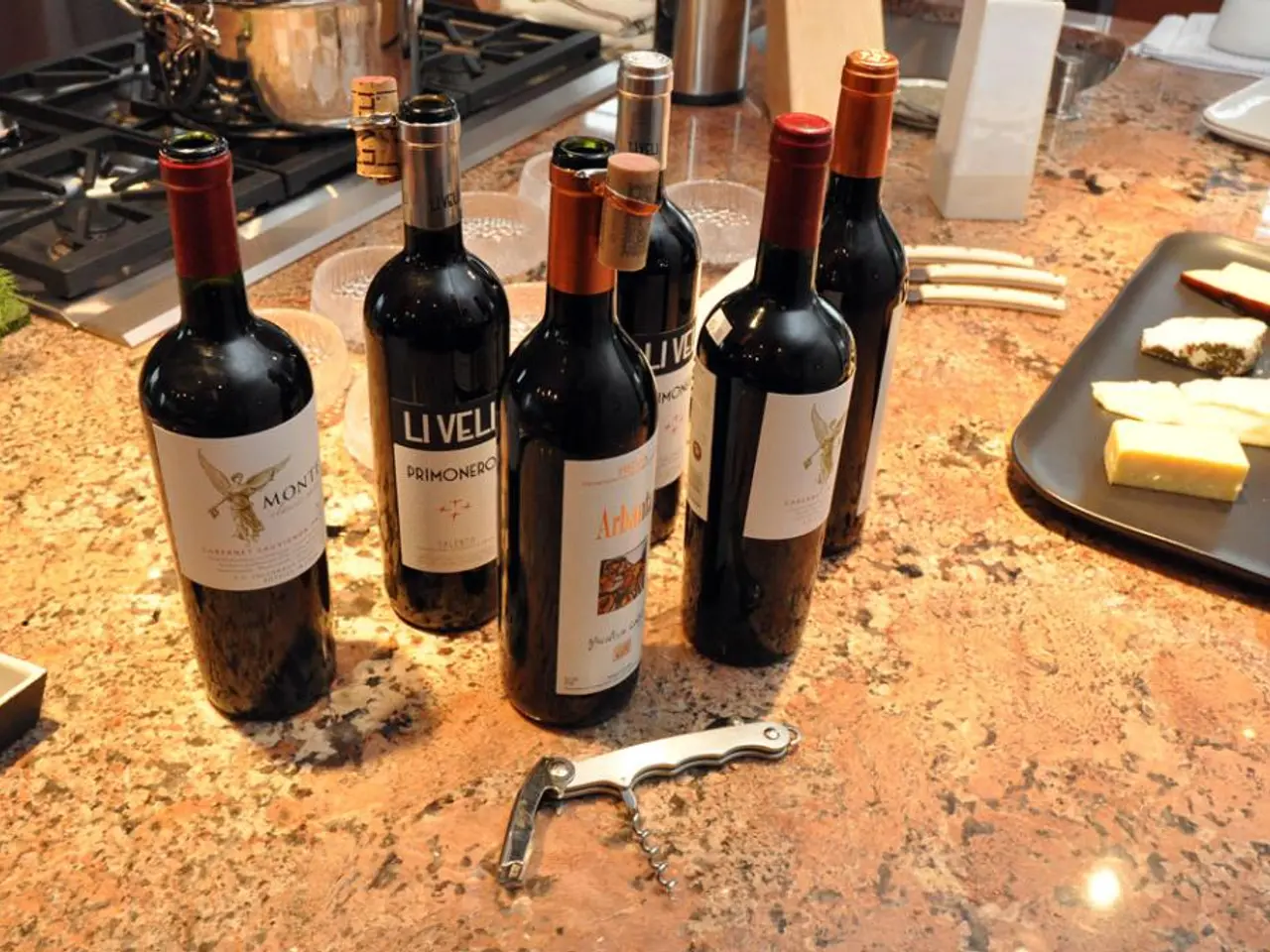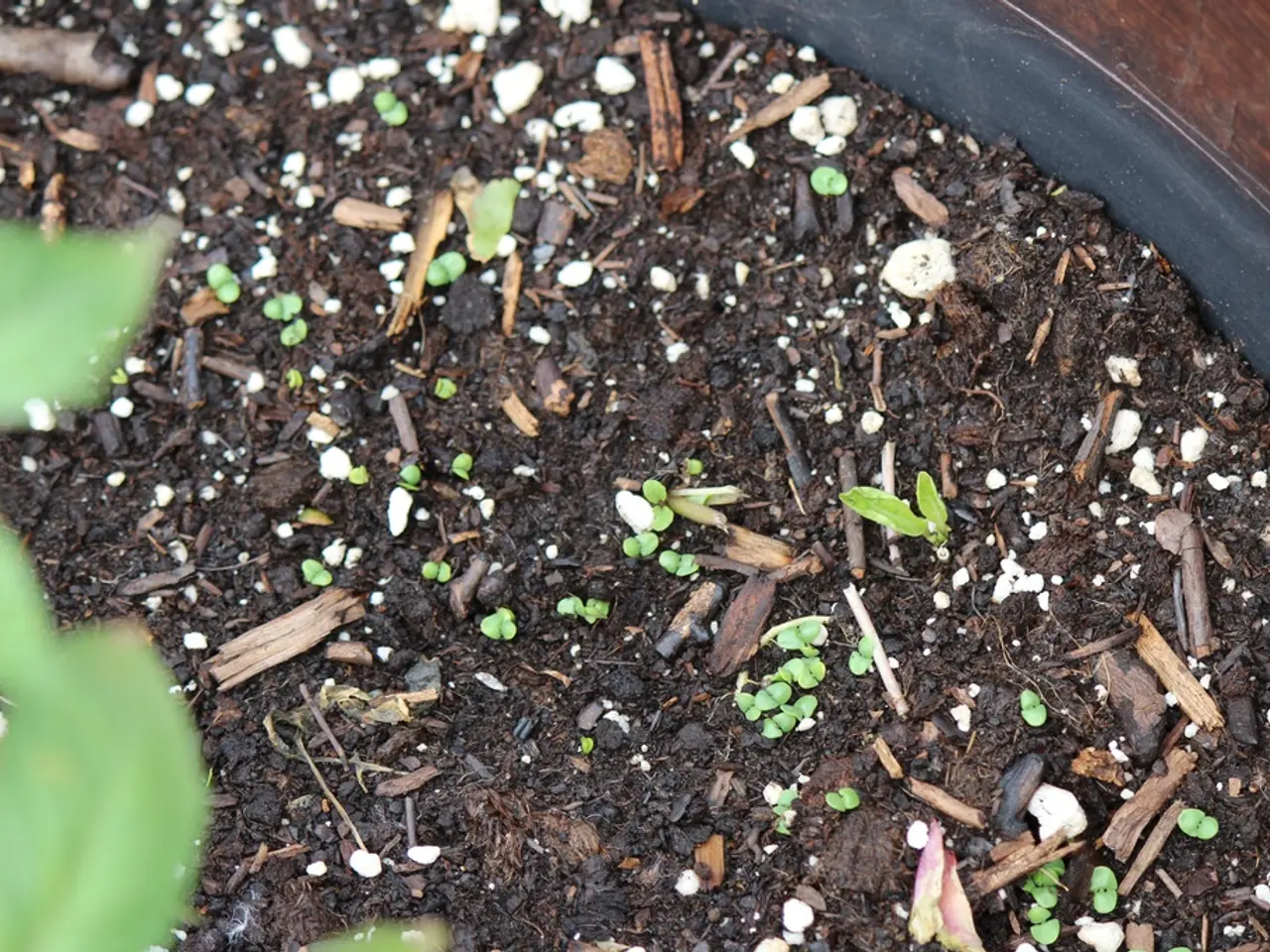Indoor Plant Maintenance Techniques for Optimal Growth
Indoor plants have become more than just decorative elements in our homes and offices. With the right care, they can thrive and add a touch of nature to our living spaces. Here's a guide to keeping your indoor plants healthy and vibrant.
Indoor Plant Hydration
Maintaining the right level of hydration is crucial for indoor plants. Self-watering indoor planters with adjustable reservoirs and transparent water gauges help maintain consistent soil moisture, preventing over- or under-watering. These smart planters often integrate IoT sensors for seasonal watering schedules and alerts, optimizing hydration based on plant type and growth stages.
Using rainwater or high-quality water sources for irrigation further improves water quality. Watering plants early in the morning maximizes hydration before temperatures rise, especially during heatwaves.
Soil Health Management
Monitoring soil moisture precisely is key to maintaining optimum moisture levels and avoiding root rot or fungal issues. Using biodegradable or recycled planter materials aligns with sustainable gardening and prevents harmful substances from entering the soil, particularly relevant for edible plants. Promoting soil aeration by avoiding overwatering and using well-draining potting mixes improves root oxygenation and prevents compaction.
Humidity Control
Leafy indoor plants benefit from a humid environment, which can be achieved by regularly misting them or using humidifiers. Placing water trays near plants for passive evaporation also helps, especially in dry indoor climates or during summer. Grouping plants together creates a micro-humid environment via transpiration.
Hydroponic Systems for Indoor Plant Care
Hydroponic systems offer an efficient and sustainable way to care for indoor plants. The Nutrient Film Technique (NFT), Deep Water Culture (DWC), and Aeroponics are popular hydroponic techniques. Each method offers unique benefits, such as water conservation, rapid growth, and maximized oxygen availability. Hydroponic bucket kits simplify maintenance, reduce pests and diseases, conserve water, and enable clean indoor growth with less labor.
Natural Remedies for Indoor Plant Pest Control
Pests are a common issue with indoor plants. Fungus gnats, mealybugs, spider mites, aphids, and other pests can be managed using natural remedies. Beneficial insects like ladybugs, neem oil, insecticidal soaps, garlic sprays, physical removal, and sticky traps are all effective methods for pest control. These methods aim to reduce reliance on chemical pesticides, maintaining air quality in indoor environments.
By combining smart self-watering systems with precise soil moisture monitoring, enhancing humidity via misting or devices, adopting hydroponic setups tailored to plant needs, and applying integrated natural pest management, indoor plant care can be optimized for health and vibrancy. These methods support sustainable, efficient, and high-yield indoor gardening or urban farming.
[1] Smart Self-Watering Systems: [Link to Source] [2] Hydroponic Systems: [Link to Source] [3] Humidity Control: [Link to Source] [4] Natural Pest Control: [Link to Source] [5] Indoor Plant Pest Control Methods: [Link to Source]
- Juices from natural water sources, such as rainwater, can improve the quality of water used for indoor plant hydration, leading to healthier plants.
- Implementing hydroponic systems, like those using the Nutrient Film Technique (NFT) or Deep Water Culture (DWC), can boost the fitness and exercise of indoor plants, promoting rapid growth and maximized oxygen availability.
- To enhance the health-and-wellness of indoor plants, consider using natural remedies for pest control, such as ladybugs, neem oil, or insecticidal soaps, to minimize the use of chemical pesticides.
- Embracing a lifestyle that includes Watering plants early in the morning, promoting soil aeration, and grouping plants together can create a favorable home-and-garden environment for thriving indoor plants, even in a small space like an office or living room.




